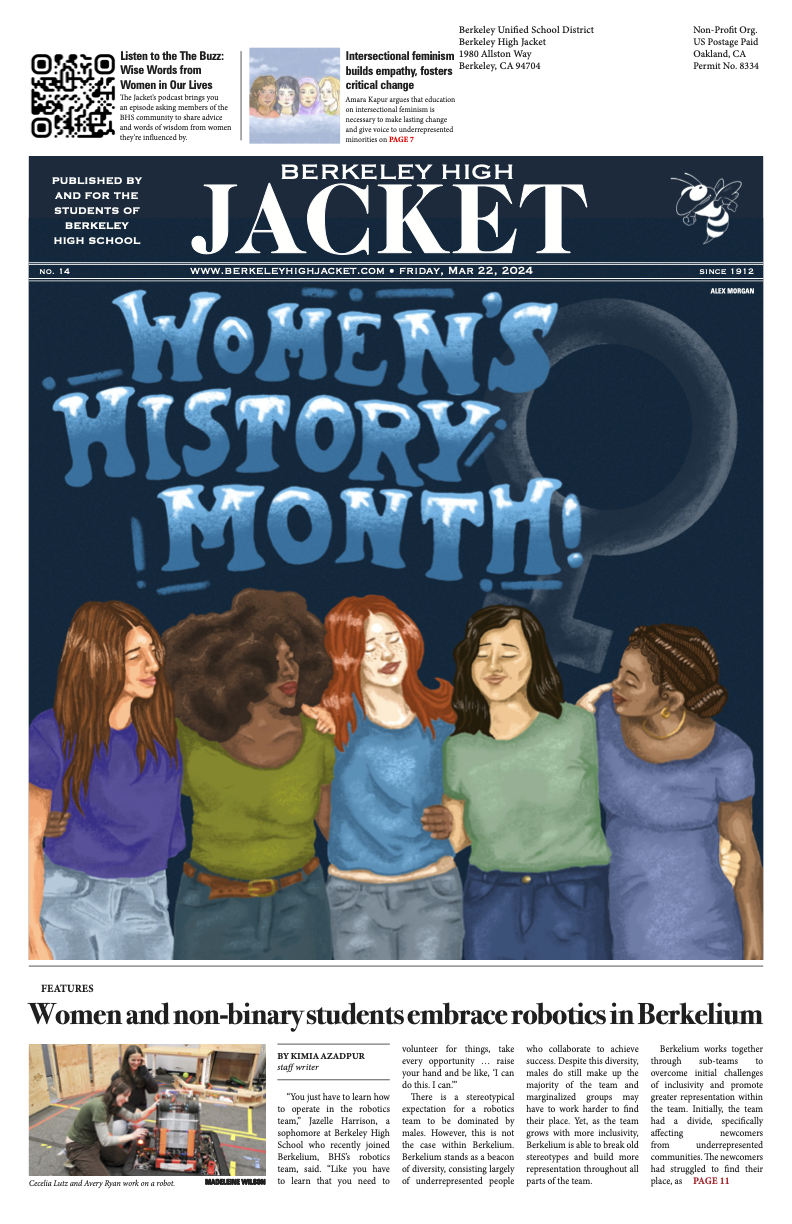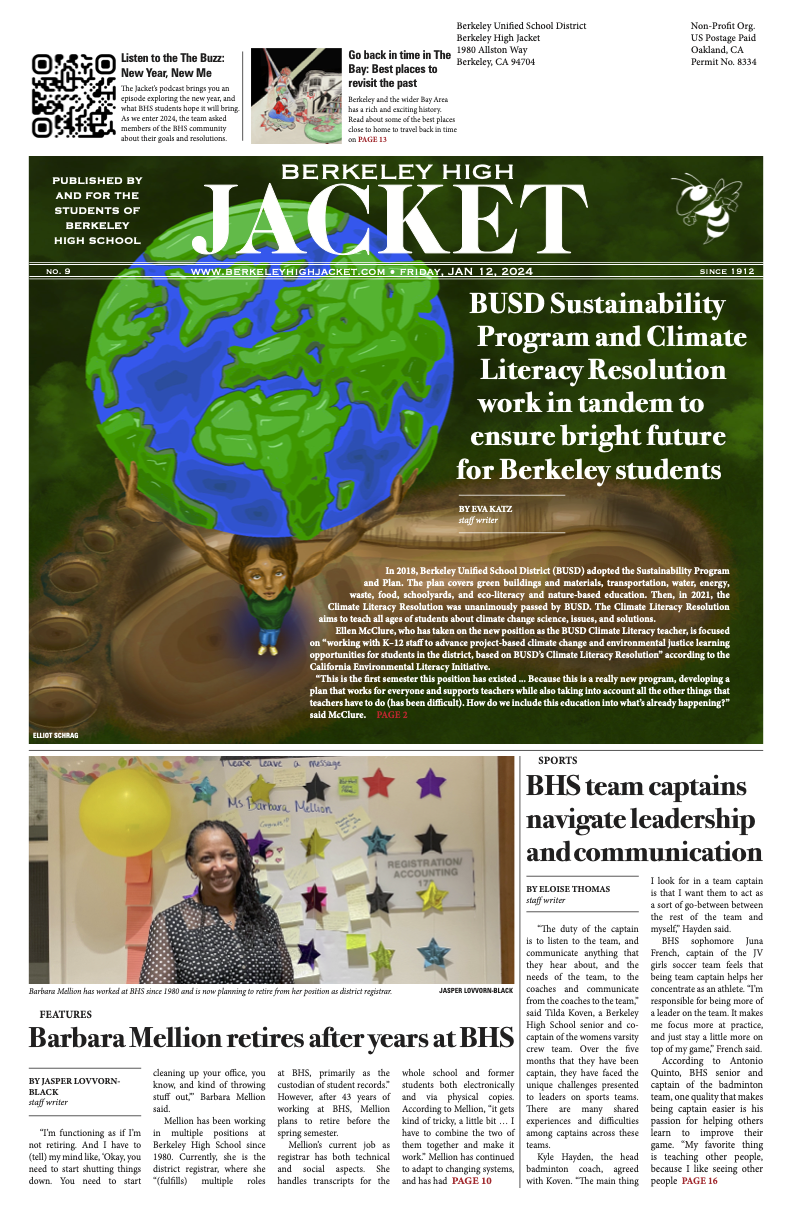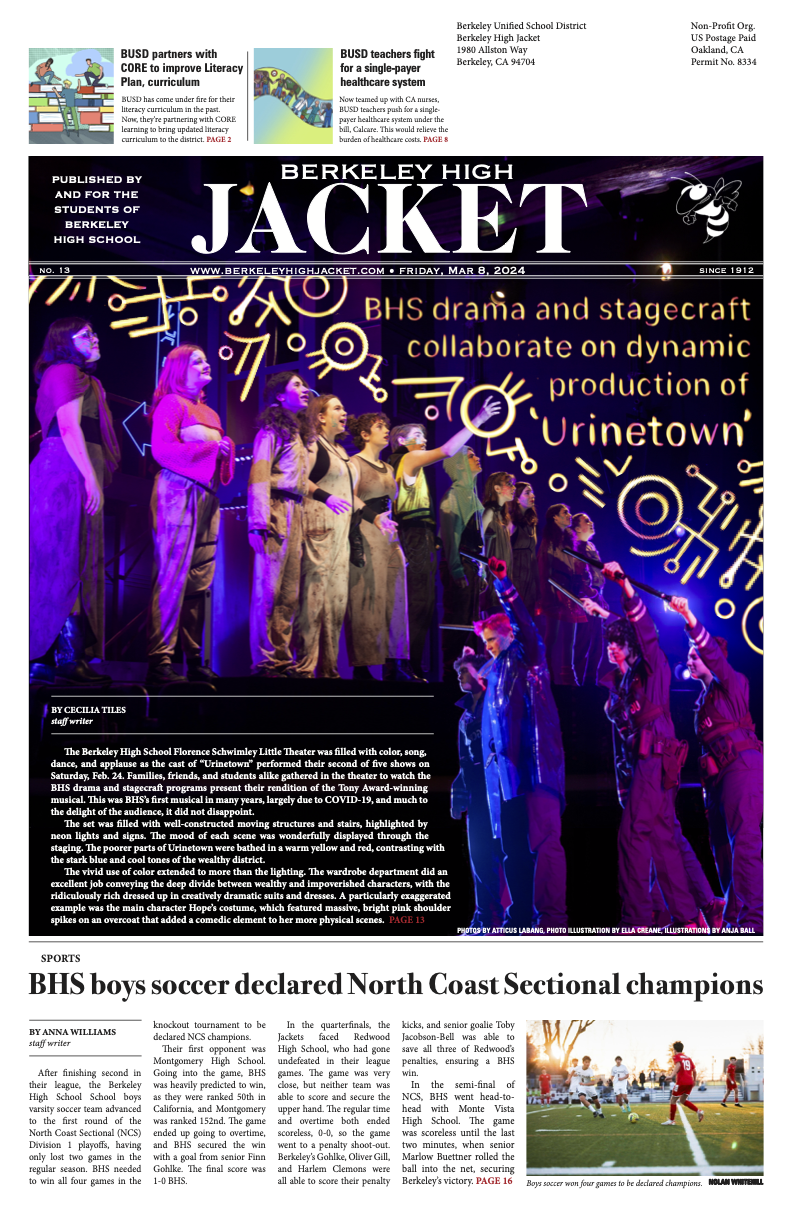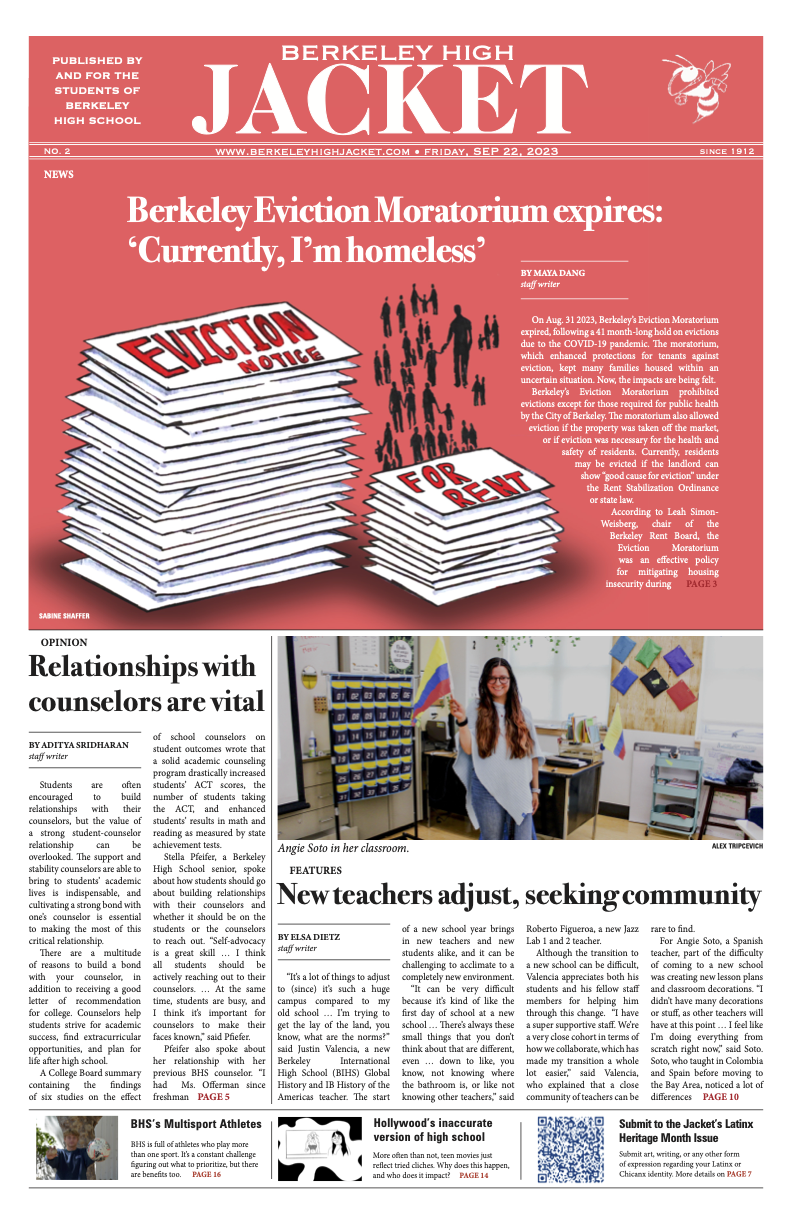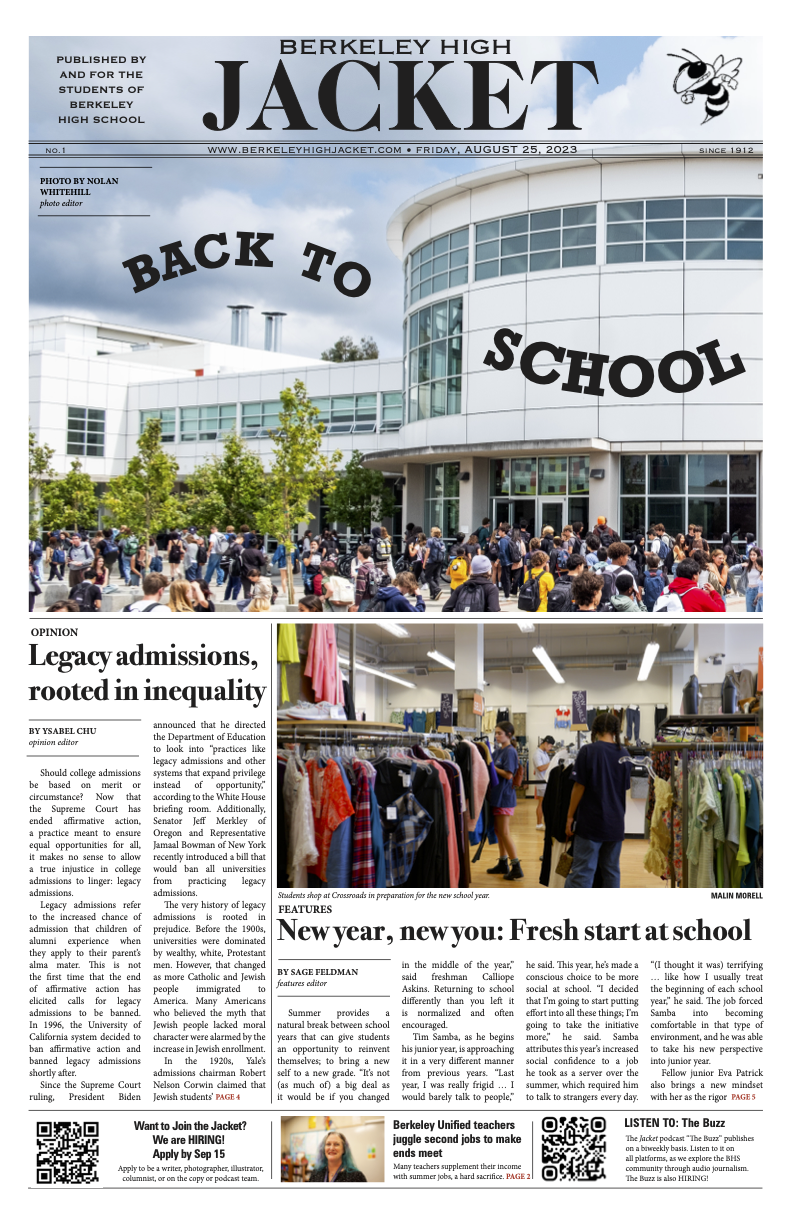In 2022, less than 40 percent of US students from fourth grade to twelfth grade were reading at grade level. But what can we do about this? In high school, students take English classes meant to educate them on influential literature and effective academic writing in order to build their language skills. However, this still doesn’t combat another important problem that is preventing literacy proficiency from improving — students’ dislike of reading. According to Pew Research Center, “Only 14% of young teens say that they read for fun daily.” While reading in one’s free time isn’t generally viewed as something highly academic, it is an integral way for students to learn how to both read and write proficiently.
This issue did not begin at the high school level for many students; learning to read and enjoying the act of opening a book and finishing it is something that must be ingrained in children from a young age. Starting as early as third grade, according to Berkeley High School Special Education Teacher Rachel Manandhar, there is a transition for students from “learning to read to reading to learn.” If students are unable to learn to do so in younger years, the gap between students still struggling to read and those that can actively apply knowledge learned from reading grows. As they progress to higher grade levels, these students may continue to develop a resistance to reading difficult text and shy away from doing things that require reading. This doesn’t only impact learning in English classes, it can affect one’s understanding of material in math, science and history classes.
On Oct. 10, 2024, the California Department of Education released the results of the 2024 Smarter Balanced Assessment (SBA) tests. The results showed that 30% of BHS students per- formed below grade-level standards when tested on English language arts (ELA) skills. This disparity in achievement is even more pronounced in students of color, English learners, and socioeconomically disadvantaged students. Roughly 58% of socioeconomically disadvantaged students performed below grade-level standards on ELA skills. This isn’t only an issue in Berkeley, the scores of all juniors in the state of California have declined below regular levels recently due to the pandemic and have yet to rise again on a state-wide level.
Manandhar focuses on literacy intervention at BHS. She provides direct instruction to a small number of students in the special education program two to three times a week, focusing on their decoding fluency, reading comprehension, vocabulary development and knowledge building skills. “The structured literacy practices involve a definitive scope and sequence for skills and then using data to drive instruction on those skills,” Manandhar explained. “So at the elementary and middle schools, teachers are increasingly utilizing these practices, and therefore I think as our students come to Berkeley High, we will see a change.”
Berkeley Unified School District (BUSD) needs to help address the issue of literacy rates dropping among students by implementing a district-wide structured literacy curriculum for students of all grade levels. This curriculum should emphasize literary fluency and immersion for students in order for all scholars to be able to successfully advance to the next level of their educational journey.
